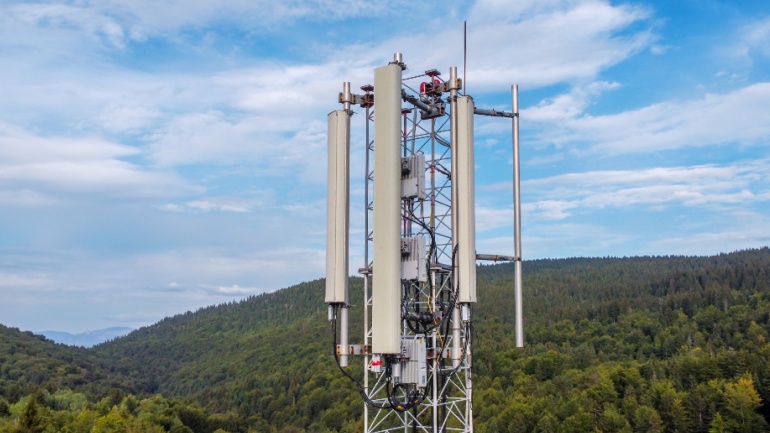Amazon’s low Earth orbit (LEO) satellite initiative, Project Kuiper, now has its first two prototype satellites, Kuipersat-1 and Kuipersat-2, in orbit. After several delays and switches between launch partners, the satellites finally launched on United Launch Alliance’s Atlas V rocket.
The operationalization of these satellites will serve as a test phase for Amazon’s forthcoming satellite broadband service. Similar to offerings from Space-X’s Starlink and OneWeb, the endeavor strives to enable connectivity in isolated areas via a constellation of 3,236 satellites.
Like its counterparts, Project Kuiper will operate on the Ka band. The customer’s premises will host connection antennas to the satellites and a network of gateway antennas will facilitate connection to internet services and both public and private cloud infrastructure.
However, advanced technology lead for non-terrestrial networks at research firm TTP, Peter Kibutu, advocates for a different approach. In a research note he emphasizes, “Amazon’s long-term plan should be to build a constellation based on 5G NTN standards to benefit from a wider ecosystem of innovation and the ongoing performance enhancements offered by industry best practices.”
Adopting 5G NTN-compatible network could distinguish Project Kuiper amidst other similar undertakings. This differentiation factor could be pivotal by the time the project is commercially available.
The delay incurred by Project Kuiper has transformed the field into a congested party. Promised for October 2022, the prototype satellites’ orbit entry got postponed due to a last-minute change in launch partner. The deadline continued shifting and finally in 2023, a year late, Amazon could begin its real-world testing of the LEO network.
Project Kuiper’s vice president of technology, Rajeev Badyal, stated, “This is Amazon’s first time putting satellites into space, and we’re going to learn an incredible amount regardless of how the mission unfolds.” However, Project Kuiper’s competitors are far ahead. Starlink boasts several thousand LEO satellites, aiming to increase the count to 12,000 by 2026. OneWeb has deployed its initial set of 618 satellites and is progressing with its second-generation satellites.
Add to this, the established geostationary Earth orbit (GEO) satellite providers delivering coverage, pioneers of satellite direct-to-device (D2D) technology like Lynk as AST SpaceMobile, and those focused on 5G NTN IoT services like Sateliot.
Amazon aims to launch its first production satellites in early 2024 and anticipates commencement of beta testing with preliminary commercial customers by year-end. With the impending deadlines, despite the valid reasoning provided by Kibutu, and a possible overlap of Ka band with 5G NR frequencies, it’s improbable that Amazon will change its course at this stage.








